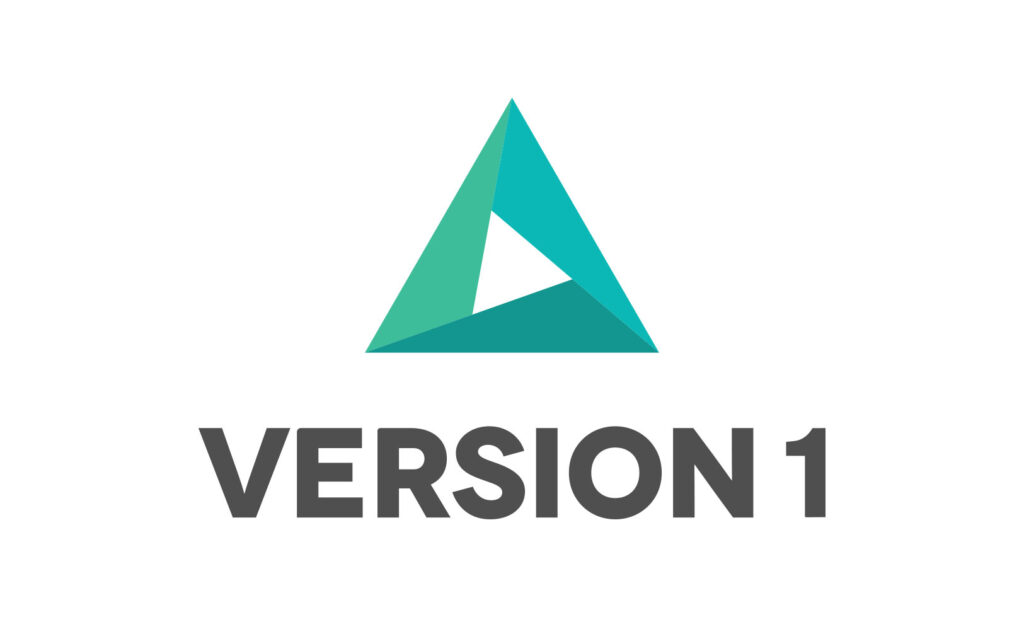Five things the board should know about AI

Many public sector organisations in Ireland are now actively exploring AI through pilots, procurement, or internal working groups. Here are five areas that senior leaders should focus on right now writes Nathan Marlor, Head of Data and AI at Version 1.
procurement, or internal working groups. Here are five areas that senior leaders should focus on right now writes Nathan Marlor, Head of Data and AI at Version 1.
These are not abstract principles – they reflect the practical, grounded conversations taking place today and the kinds of conversations that should be encouraged.
1. Strategic focus matters more than technical ambition
We are already seeing AI improve outcomes across public services. From prioritising housing inspections to categorising citizen queries, to forecasting surges in emergency care, early examples are delivering tangible benefits. The common thread in successful cases is this: they begin with a clear, specific problem linked directly to a public service priority.
By contrast, projects that are disconnected from real-world challenges – those launched primarily to explore “what is possible” – often struggle to deliver sustained value. Strategic alignment must come first. Every AI initiative should start with a defined problem, a measurable outcome, and a direct link to your mandate – whether that is reducing wait times, improving equity, or boosting efficiency.
This becomes especially important when seeking support or investment. Outcomes will always matter more than novelty. Define the public value first; the technology can follow.
2. Ethical governance must be embedded, not added on
Trust is core to public service. People need to know that decisions shaped by AI are fair, explainable, and subject to oversight. This means governance must be structured, active, and organisation-wide – not just a technical responsibility.
Start with internal clarity. Who approves the use of AI? Who is responsible for monitoring risks, and who is accountable if something goes wrong? There should be a formal process for assessing each use case based on its potential impact – light-touch tools may need minimal oversight, but decisions that affect services or entitlements require deeper scrutiny.
Transparency must also be built in. Systems that affect the public should come with clear, plain-language documentation: what the system does, what data it uses, and how decisions can be reviewed or challenged.
Some public bodies in Ireland are already introducing AI registries – internal tools that track use cases and governance requirements. Others are preparing for the EU AI Act by mapping risk levels across departments. These steps are well worth considering now.
3. Workforce capability Is the most common bottleneck
The biggest constraint on AI adoption is rarely technology; it is people. Many public service teams do not yet feel confident working with AI, and without support, tools often go unused or underperform.
Building capability needs to happen across the organisation. Senior decision-makers must be able to assess proposals and understand ethical risks. Operational teams should help shape how AI is introduced in day-to-day delivery. Technical staff need training in areas like model management and data governance.
Ireland’s Civil Service AI masterclasses are a valuable foundation, but they must be scaled and matched with in-house initiatives. This could include internal experimentation time, AI champions, or peer learning groups.
It is also essential to frame AI as a support, not a threat. When staff see that AI reduces repetitive work and creates space for more meaningful tasks, morale and adoption both improve. The goal is to bring staff along, not leave them behind.
4. Return on investment needs to be measured, not assumed
As budgets tighten, public bodies are expected to justify every investment – including AI. While the potential is real, so are the costs: training models, integrating systems, and maintaining oversight all require resources. And that is before factoring in staff upskilling or data security.
That is why every AI proposal should begin with a clear understanding of current performance – what the process costs, how long it takes, and where the pressure points are. From there, leaders can assess how a system might realistically improve outcomes, and on what timeline.
Starting with small, well-defined pilots helps manage risk. One local authority began with a tool to triage environmental complaints. After showing a measurable reduction in staff workload and processing time, they scaled it to other departments. These modest successes generate insight and internal momentum.
AI systems also need regular review. Some may underperform or introduce risks that outweigh their benefits. If that happens, they should be redesigned – or retired. The same principles that apply to any capital programme apply here: monitor performance and act accordingly.
5. Procurement will shape outcomes as much as technology
Most public sector organisations will rely on external providers for at least part of their AI solutions and that makes procurement a strategic function. The design of contracts influences everything from performance and compliance to ethics and transparency.
Procurement processes should include clear expectations for explainability, bias mitigation, data protection, and model updates. Contracts should define who monitors system behaviour, how models evolve, and what happens if the vendor relationship ends.
Some departments now require vendors to document how their systems meet trustworthy AI principles. Others are building requirements around accessibility and data sovereignty into their RFPs. These are not simply legal safeguards – they help shape a more ethical and reliable AI ecosystem in the long term.
Bringing legal, data protection, and technical teams into procurement conversations early helps ensure strong outcomes from day one – not just after deployment.
Final thoughts
AI is already shaping the future of public service delivery, but how it is deployed – where, by whom, and with what oversight – will determine whether it delivers sustainable public value.
Now is the moment to move from exploration to strategy. Set clear priorities, invest in people and build governance that lasts. And make sure each project, no matter how innovative, ultimately improves outcomes for the people and communities served.
W: www.version1.com






